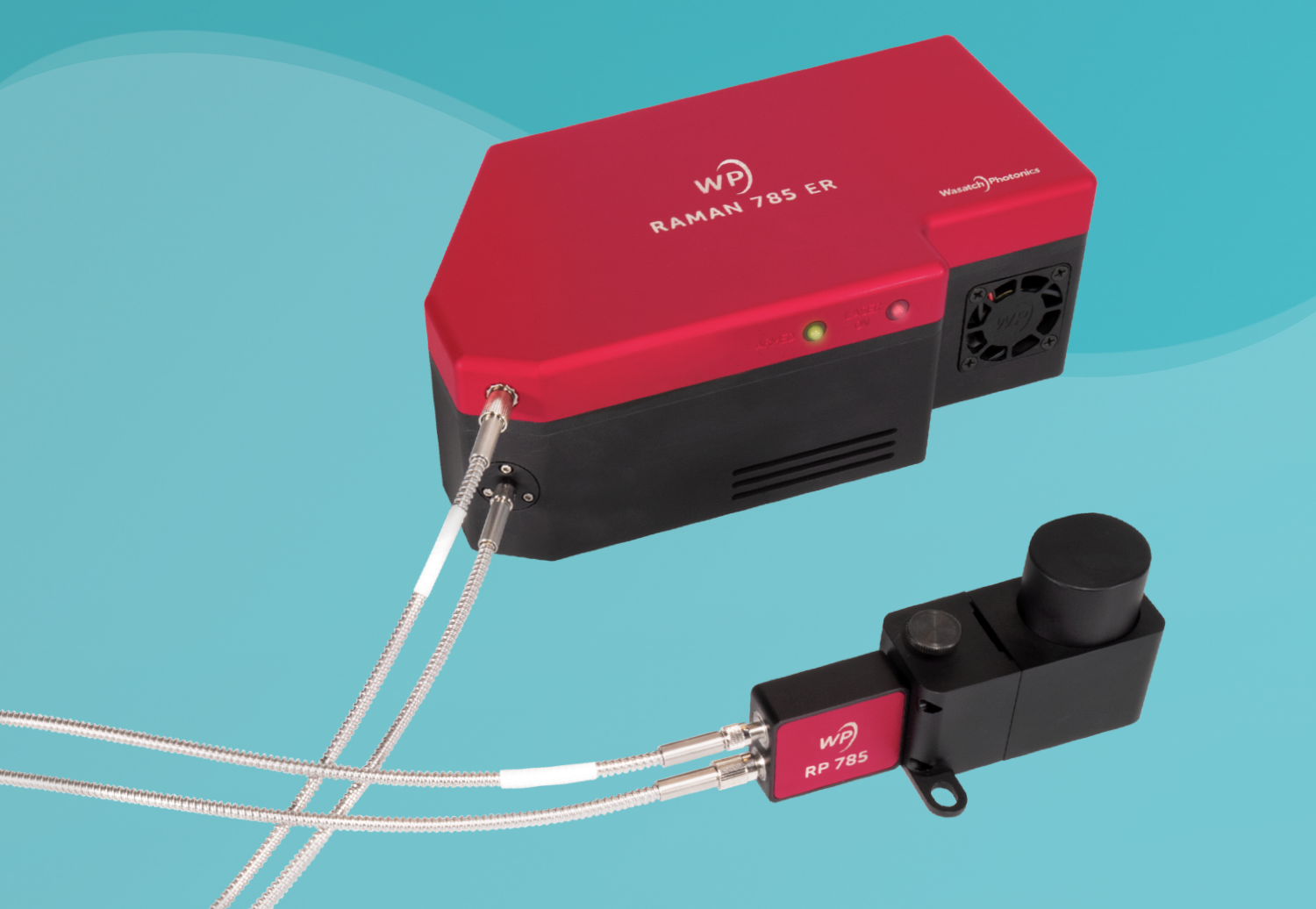Raman research bundle

Wasatch Photonics’ compact, modular system for Raman spectroscopy is designed to facilitate research and industrial analysis of solid and liquid samples.According to the company, the bundle includes a WP 785 ER Raman spectrometer with an integrated 785 nm excitation laser, allowing Raman scattering measurements from 100–3600 cm-1 with high signal-to-noise.
Wasatch Photonics, Morrisville, NC. www.wasatchphotonics.com
Raman Spectroscopy Aflatoxin Detection Enhances Peanut Safety
March 11th 2025A research team from Jiangsu University has developed a Raman spectroscopy-based method to detect aflatoxin B1 (AFB1) in peanuts with improved accuracy and efficiency. By employing a two-step hybrid strategy integrating backward interval partial least squares (BiPLS) and variable combination population analysis (VCPA), the new model significantly enhances the precision of AFB1 detection, providing a more reliable approach for food safety monitoring.
A New Radiation: C.V. Raman and the Dawn of Quantum Spectroscopy, Part II
March 10th 2025In this Icons of Spectroscopy column, Executive Editor Jerome Workman Jr. delves into Part II of the Raman Effect, discovered by C. V. Raman, a physicist whose major contributions to vibrational spectroscopy have helped shape the field and advance one of the most important quantum-based spectroscopy tools of recent generations.
A New Radiation: C.V. Raman and the Dawn of Quantum Spectroscopy, Part I
March 3rd 2025In this "Icons of Spectroscopy" column, executive editor Jerome Workman Jr. delves into Part I of the life and work of C. V. Raman, a physicist who has made major contributions to the science of vibrational spectroscopy and created an understanding for one of the most important quantum-based spectroscopy tools in generations.
New AI-Powered Raman Spectroscopy Method Enables Rapid Drug Detection in Blood
February 10th 2025Scientists from China and Finland have developed an advanced method for detecting cardiovascular drugs in blood using surface-enhanced Raman spectroscopy (SERS) and artificial intelligence (AI). This innovative approach, which employs "molecular hooks" to selectively capture drug molecules, enables rapid and precise analysis, offering a potential advance for real-time clinical diagnostics.
Cancer Diagnosis: New Raman Spectroscopy Method Eliminates Fluorescence Interference
January 21st 2025Researchers from Tsinghua University have developed an innovative dual-wavelength Raman spectroscopy method that eliminates fluorescence interference in measuring esophageal tissue samples. This development enables precise identification of molecular changes in these tissues, with potential applications in early esophageal cancer diagnosis.
Raman Spectroscopy to Detect Lung Cancer and Monitor Vaccine Effects
January 20th 2025A new study highlights the use of Raman spectroscopy to detect lung cancer and evaluate the effects of the PCV13 vaccine. Researchers found distinct biochemical changes in lung cancer patients and healthy individuals, revealing the vaccine's significant impact on immune response.